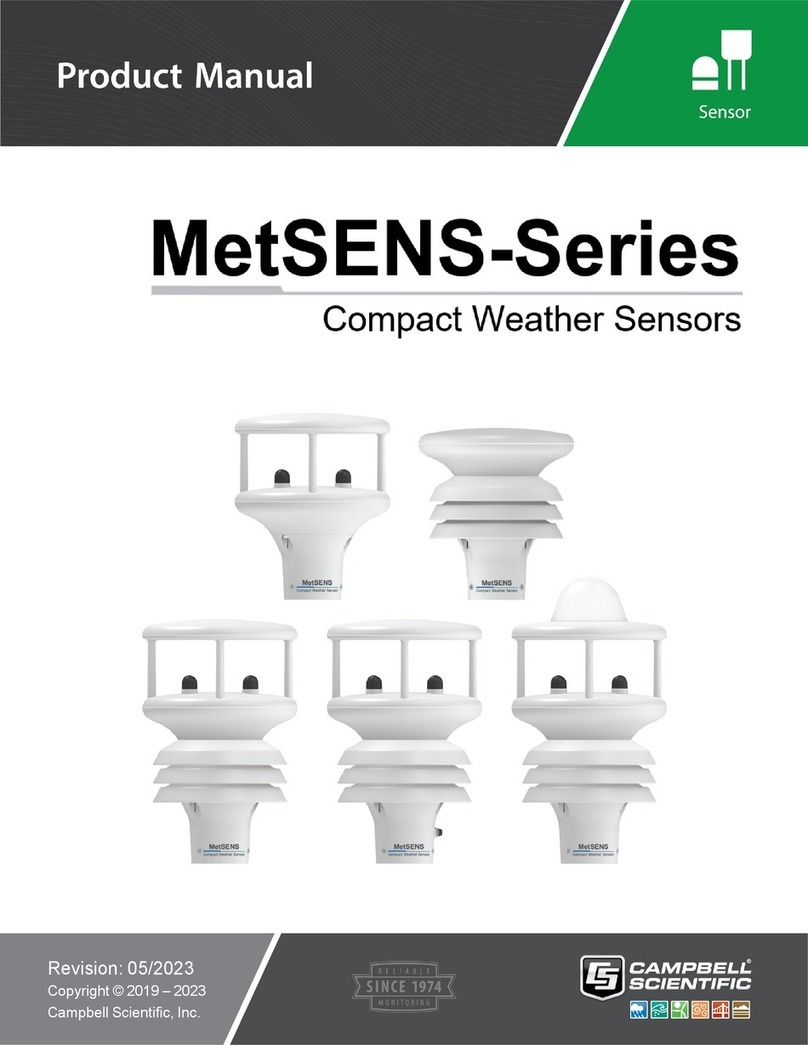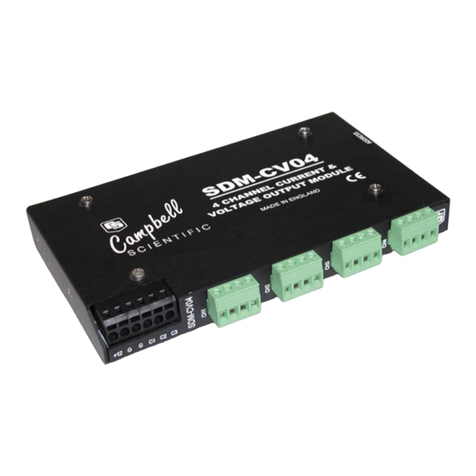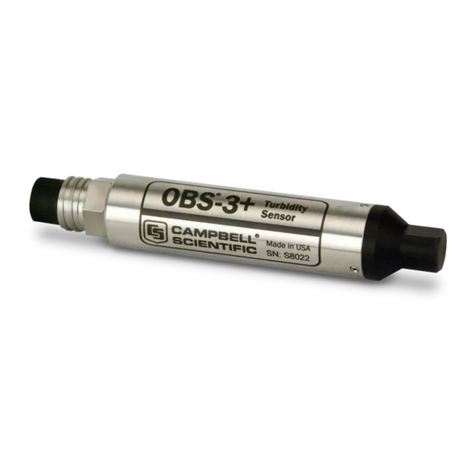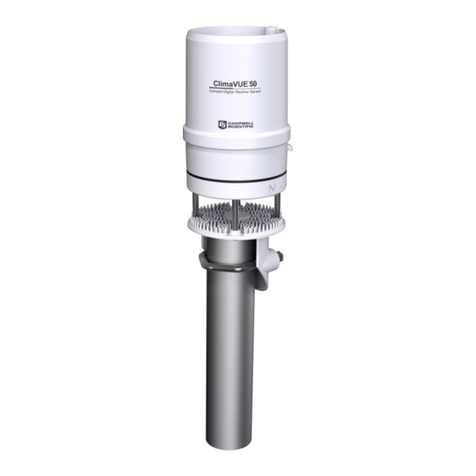Campbell CS230 User manual
Other Campbell Accessories manuals
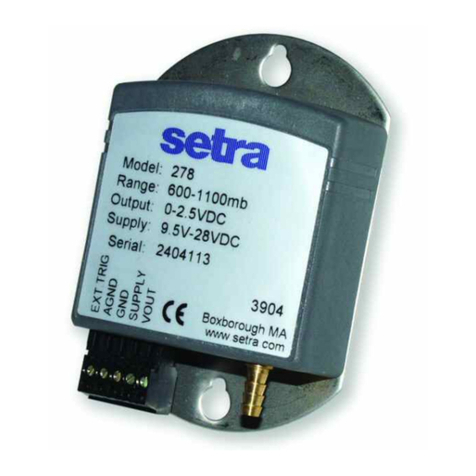
Campbell
Campbell CS100 User manual
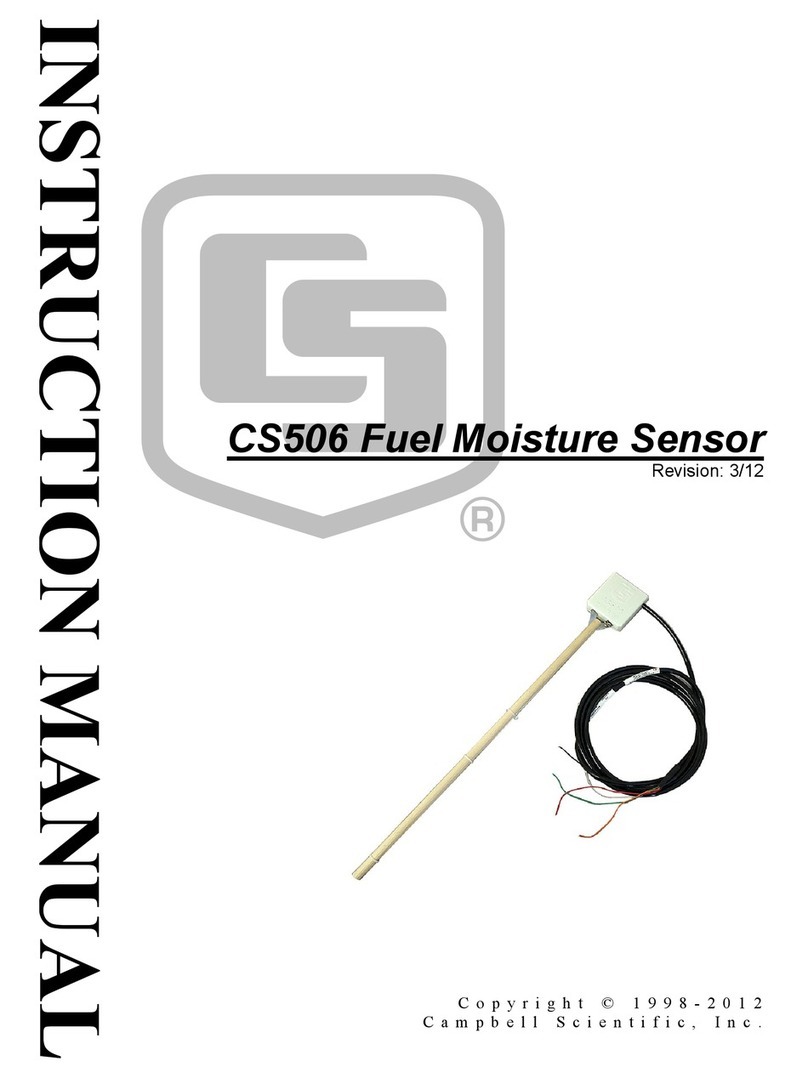
Campbell
Campbell CS506 User manual
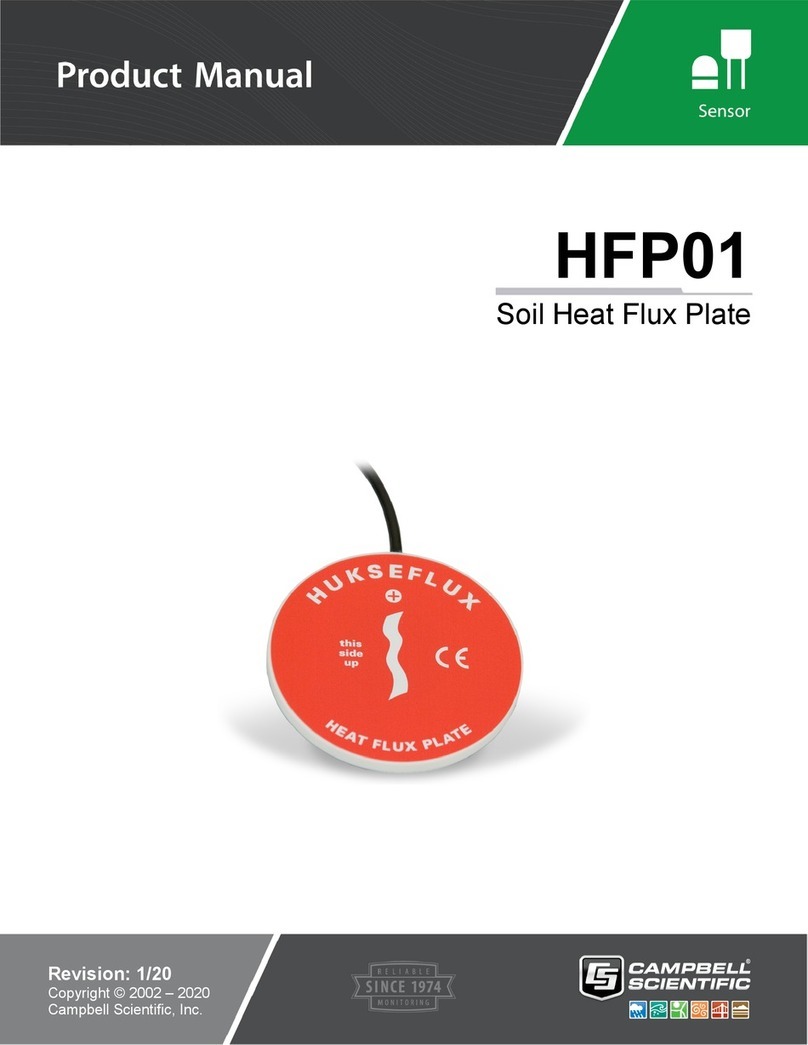
Campbell
Campbell HFP01 User manual
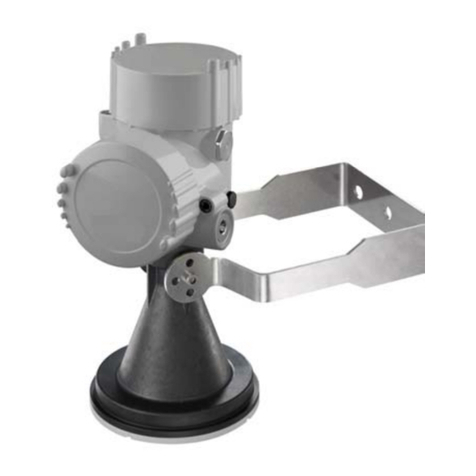
Campbell
Campbell CS475 User manual
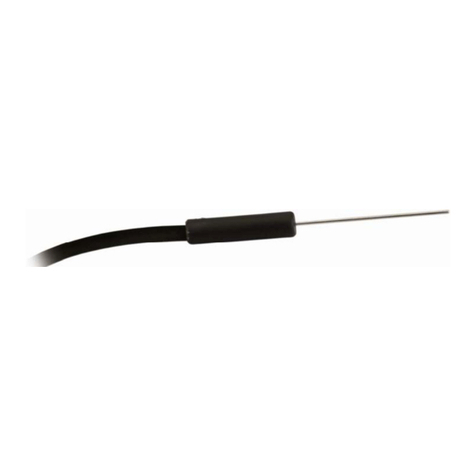
Campbell
Campbell TEMPERATURE PROBE 109SS User manual
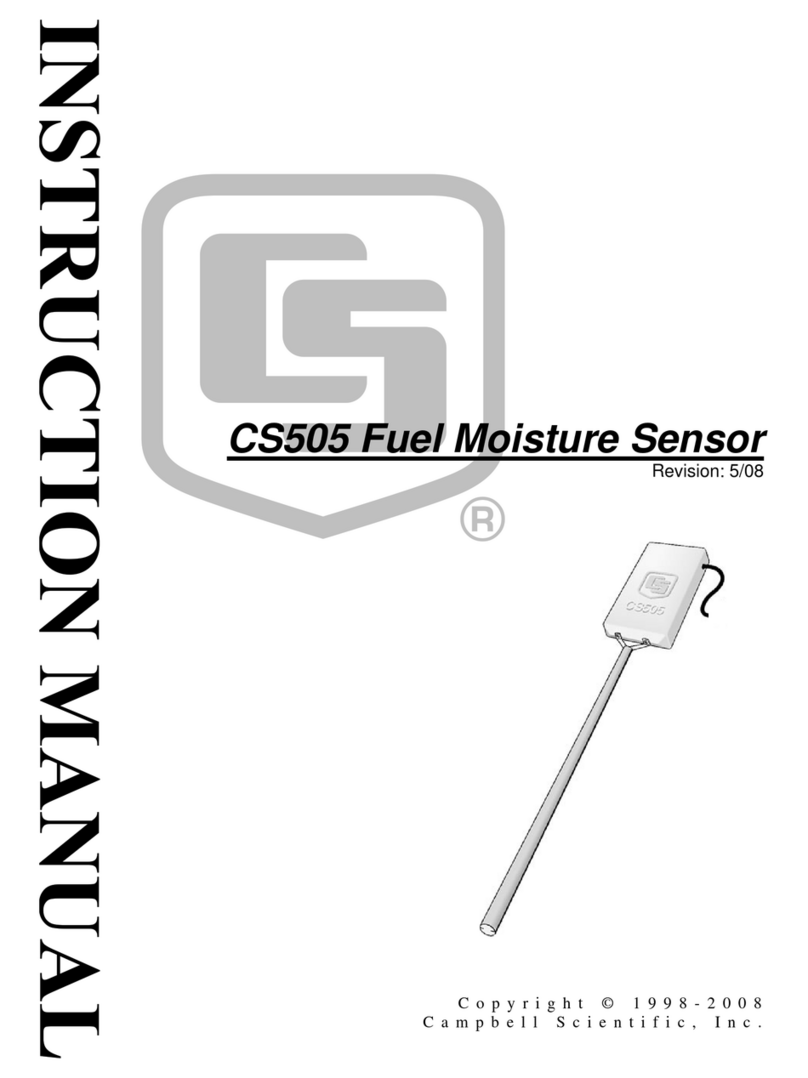
Campbell
Campbell CS505 User manual
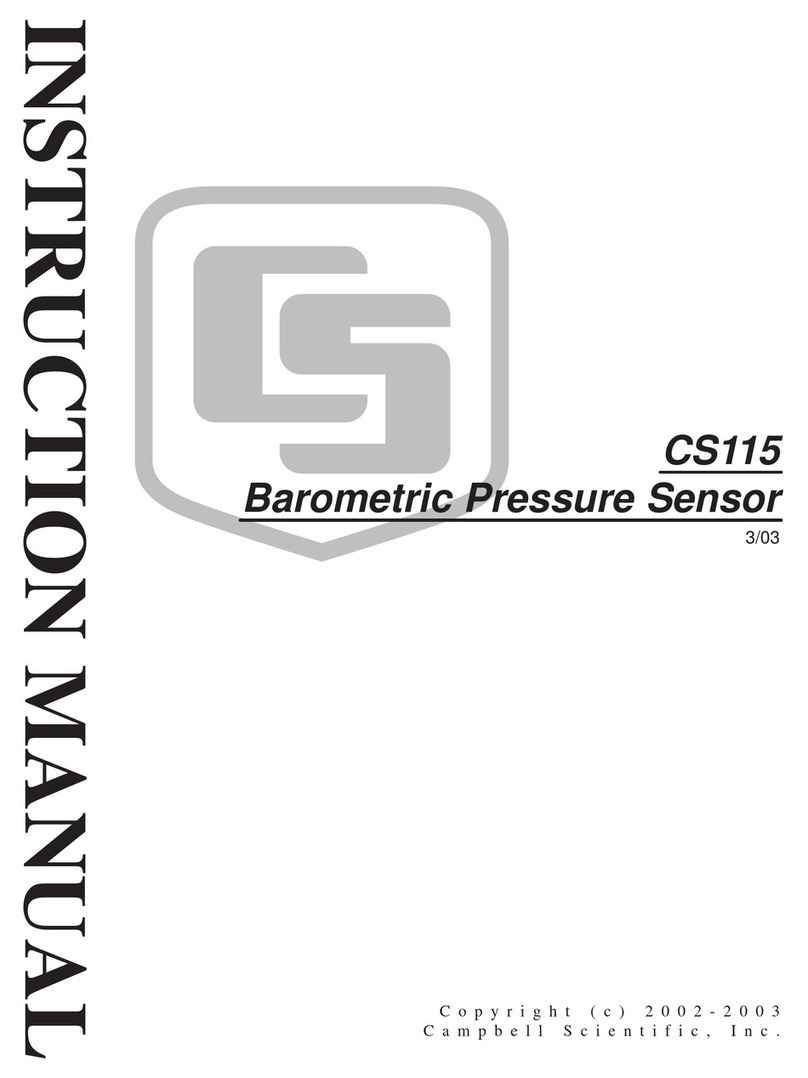
Campbell
Campbell CS115 User manual

Campbell
Campbell SnowVUE 10 User manual
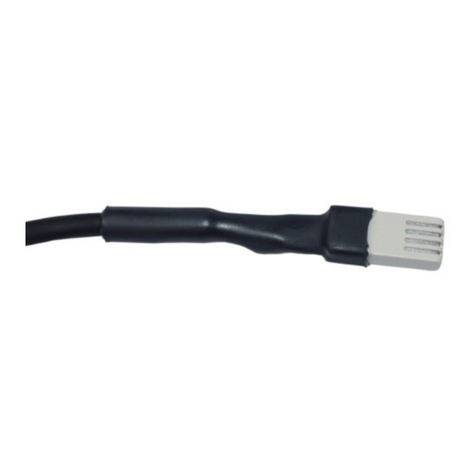
Campbell
Campbell CS210 User manual
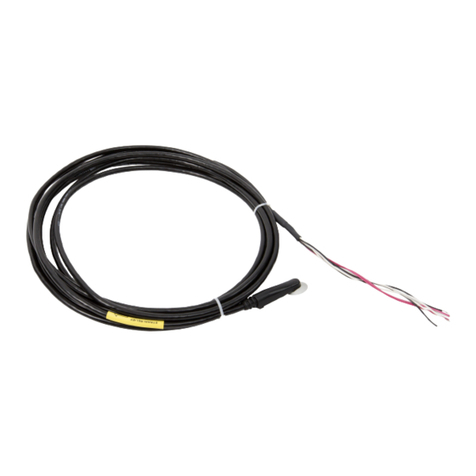
Campbell
Campbell CS240 User manual
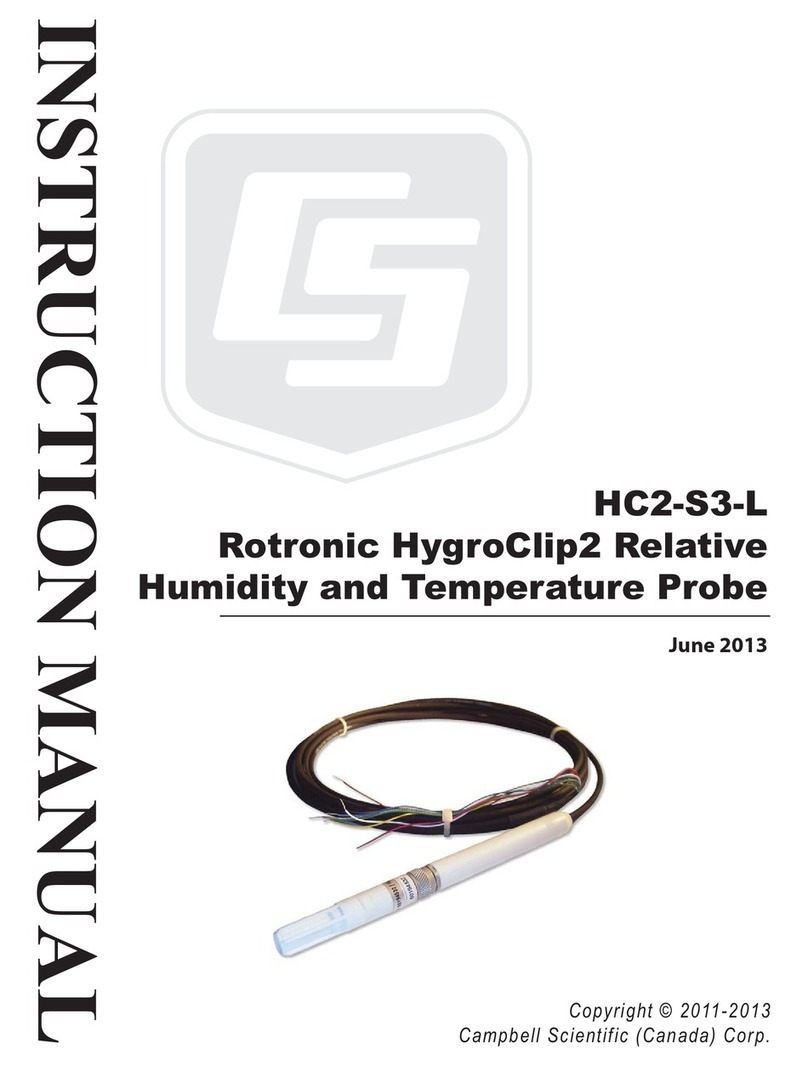
Campbell
Campbell HC2-S3-L User manual
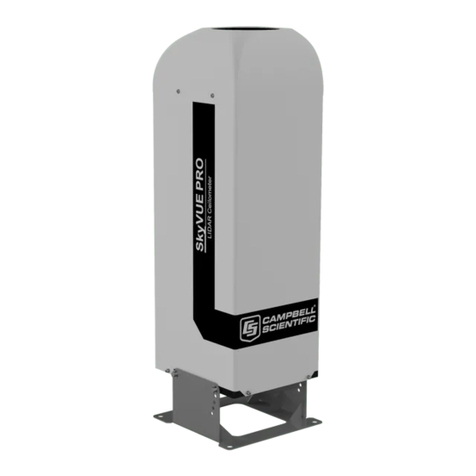
Campbell
Campbell SkyVUE Pro User manual
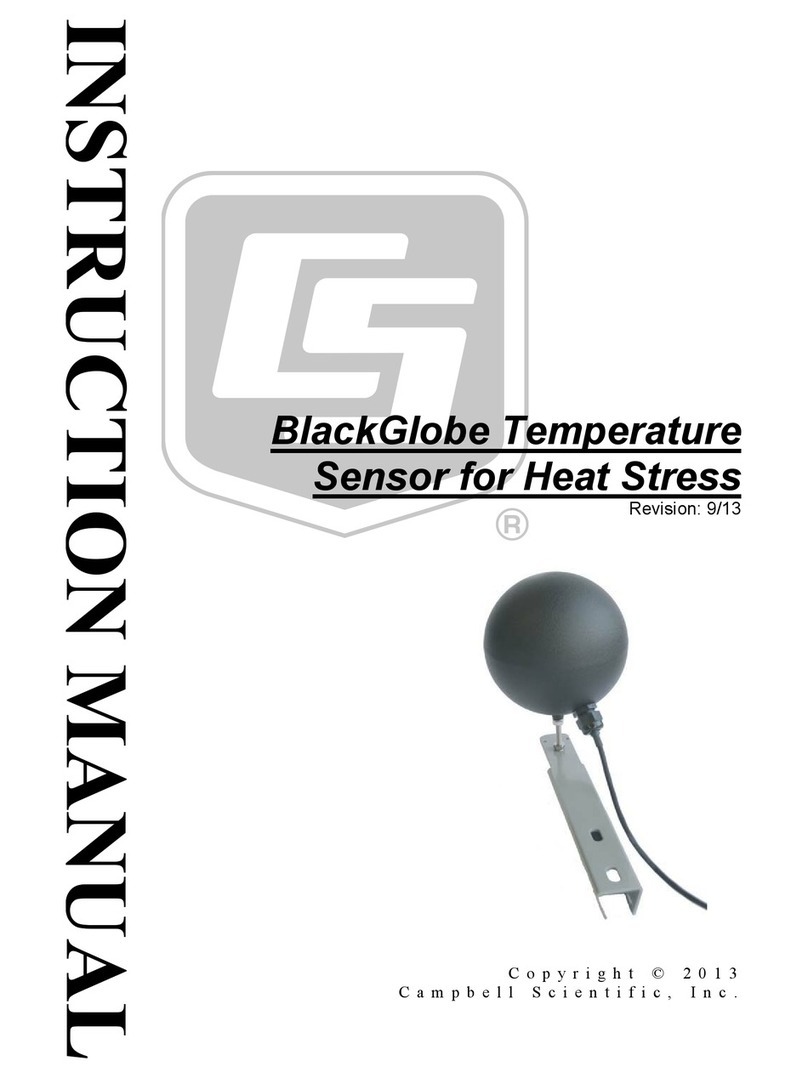
Campbell
Campbell BlackGlobe User manual
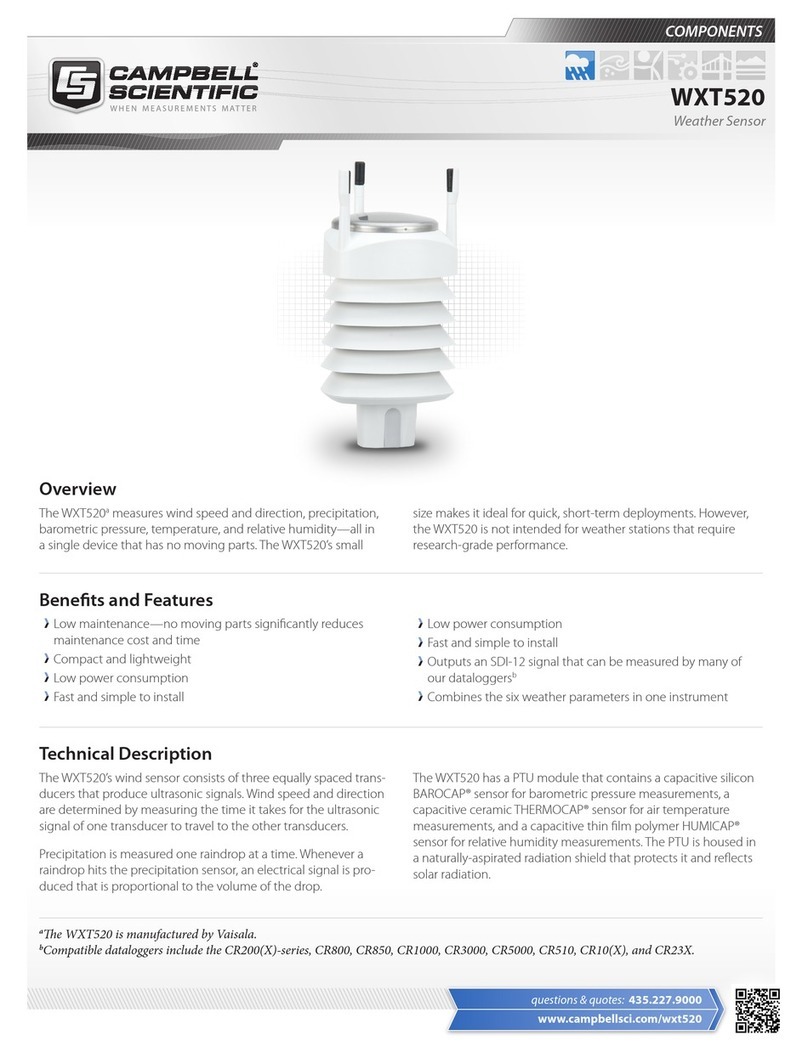
Campbell
Campbell WXT520 User manual
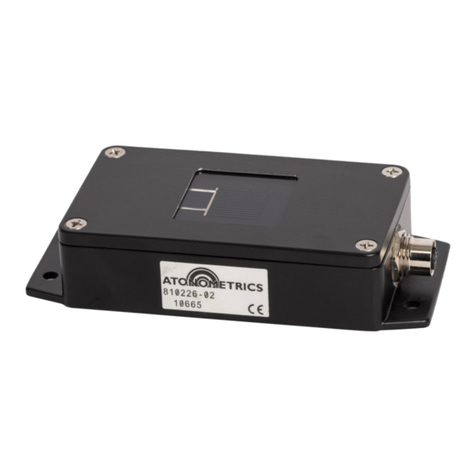
Campbell
Campbell CS325DM User manual
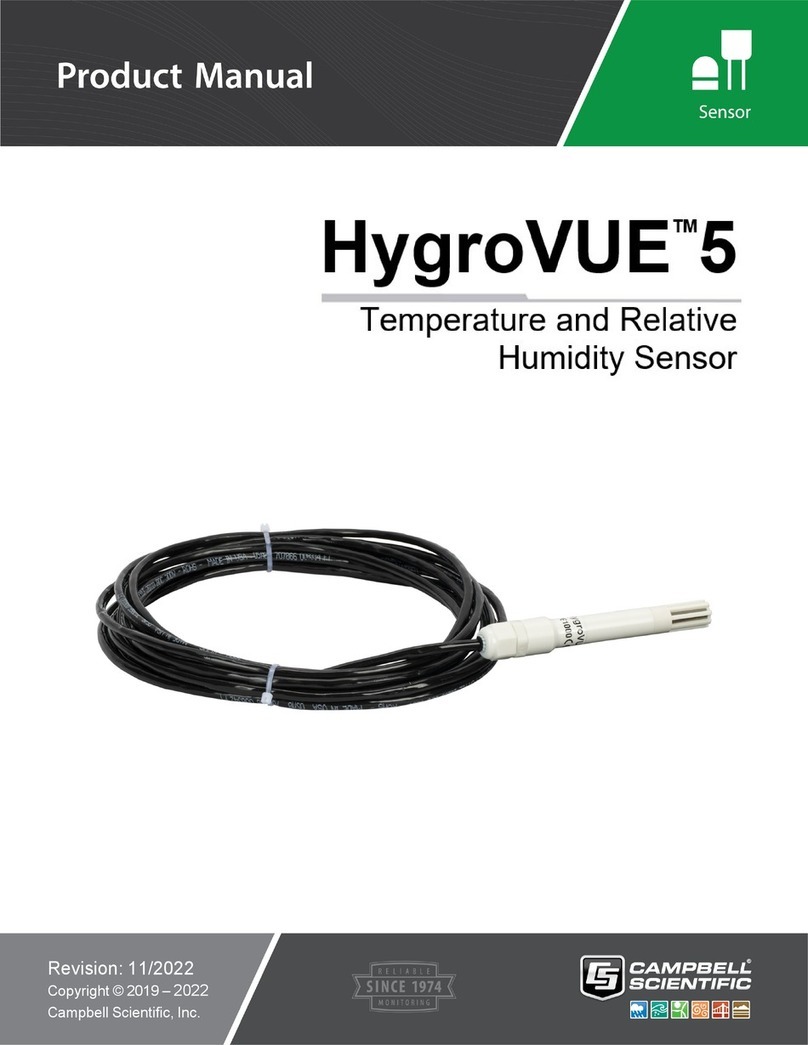
Campbell
Campbell HygroVUE 5 User manual
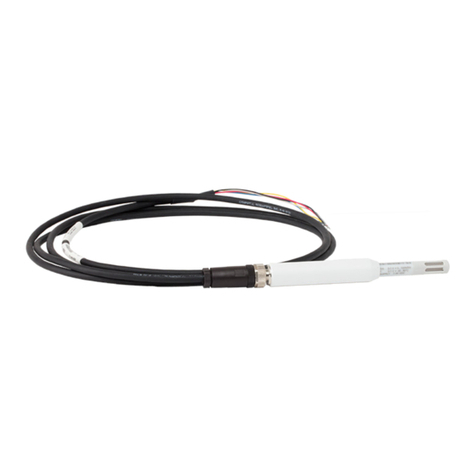
Campbell
Campbell EE181 User manual

Campbell
Campbell ICEFREE3A User manual
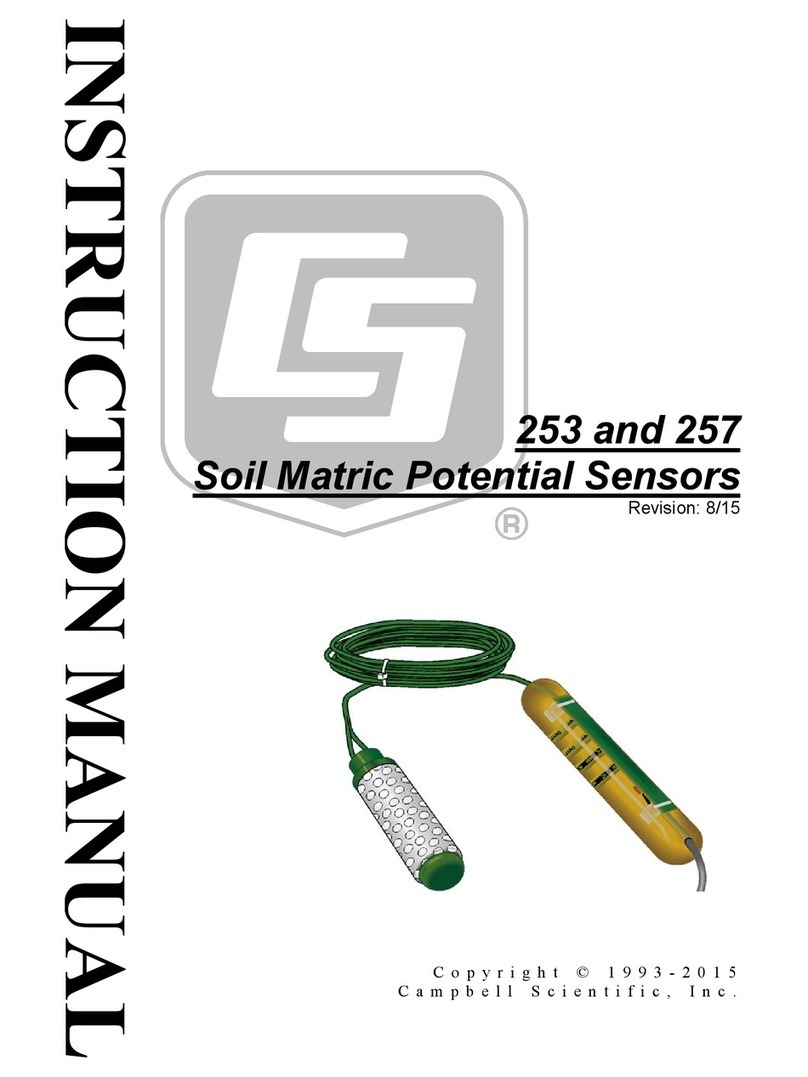
Campbell
Campbell 253 User manual

Campbell
Campbell CS475 User manual
